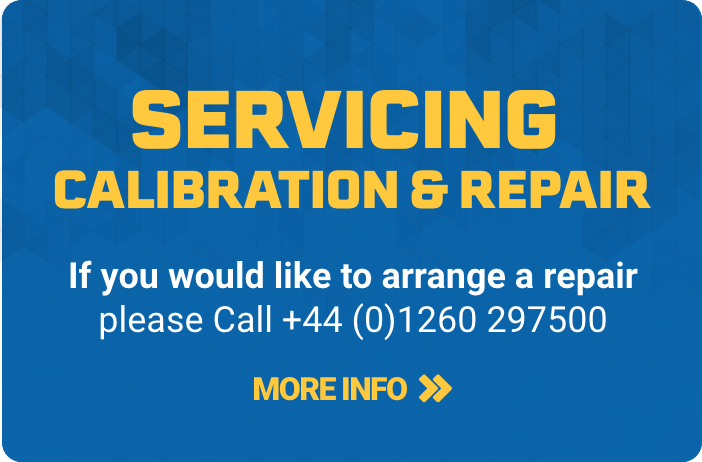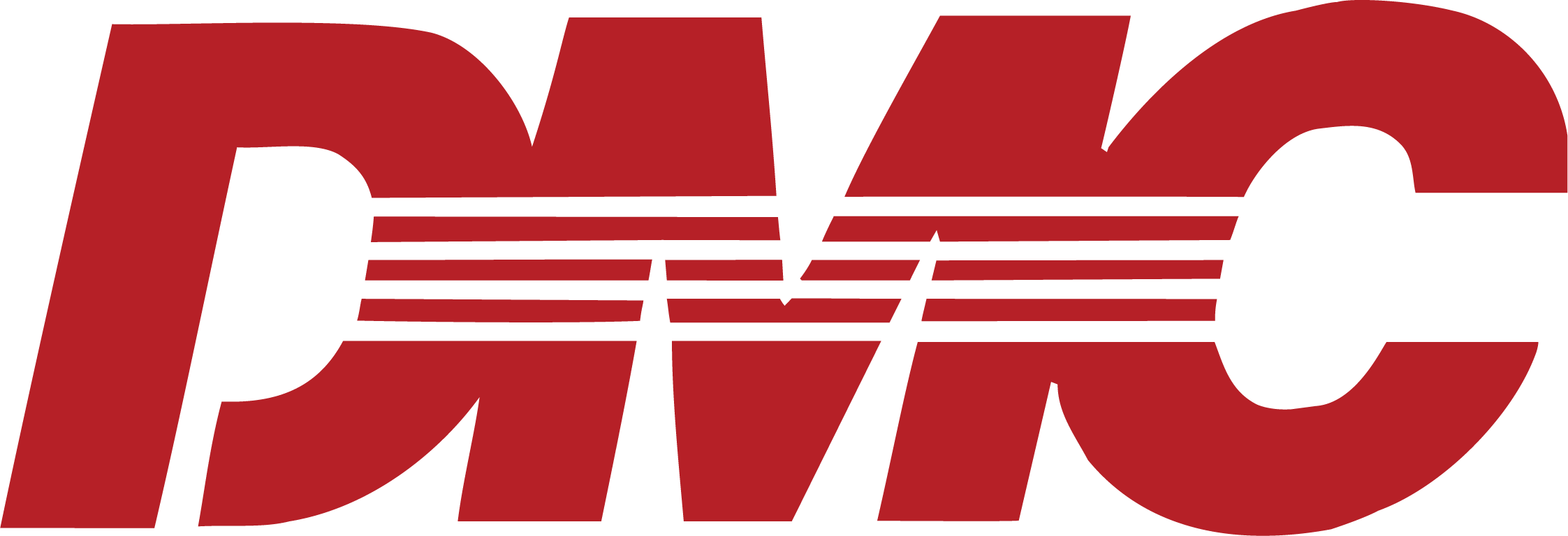Tackling a home renovation can be hugely rewarding, but only if you’ve got the right kit. Whether you're stripping out an old bathroom, sanding a staircase or refitting a kitchen, having the proper tools makes all the difference — not just in how quickly you finish, but in how safely and accurately the job gets done.
This guide breaks down the must-have tools for any DIY renovation, grouped by task and packed with practical advice. If you're just getting started or looking to upgrade your setup, consider this your toolkit checklist.
Cutting & Demolition Tools

Whether you’re removing old plasterboard, cutting timber or grinding away paint, these tools do the heavy lifting.
1. Hammer Drill
If you're fixing into brick or concrete, a hammer drill is essential. It combines rotation with a hammering motion to punch through hard surfaces — ideal for mounting shelves, installing kitchen units, or chasing cables into walls.
Use with: masonry bits for blockwork or multi-purpose drill bits for softer surfaces.
2. Reciprocating Saw
For tearing through wood, metal, or plastic, especially in awkward spaces, a reciprocating saw is a go-to. It’s great for removing old window frames, trimming pipes, or making rough demolition cuts.
Blades can be swapped out for different materials, which can be a real time-saver during strip-out jobs.
3. Mitre Saw
When you're installing skirting boards, cutting timber to length or fitting trims, a mitre saw gives you crisp, repeatable angled cuts. Far more accurate (and faster) than a handsaw when you're doing finish work.
Look for one with adjustable angles and a safety brake for peace of mind.
4. Utility Knife
One of the simplest tools — but endlessly useful. From cutting underlay to scoring plasterboard or trimming vinyl flooring, a decent utility knife like the Bahco fixed-blade model makes light work of fiddly jobs.
Keep spare blades on hand — they blunt faster than you'd think.
5. Sledgehammer
Nothing beats it for brute-force demolition. Whether you're knocking down stud walls or smashing up old patio slabs, a sledgehammer gives you the impact you need. Choose one with a cushioned grip to protect your wrists during use.
6. Heat Gun
For softening paint, removing adhesive, or thawing frozen pipes, a heat gun is far more effective than a hair dryer. It's also great for reshaping plastic trims or speeding up drying time during prep.
Just keep ventilation in mind when using a heat gun, especially when working with old paint or adhesives.
7. Wire Brush
Before repainting metal railings, gates, or pipework, a wire brush gets rid of rust and loose paint. It’s also useful for prepping surfaces before filling or sealing.
Available in handheld or drill-attachable versions depending on the job size.
8. Electric Sander
No one wants to hand-sand a full staircase. For larger surfaces, or where a smooth finish matters (doors, walls or furniture), an electric sander speeds things up and gives more consistent results.
Some models even include dust collection, which is a big bonus for indoor work.
Fastening & Assembly Tools

From framing timber to fitting taps, these are the tools that hold everything together — literally.
9. Claw Hammer
A reliable all-rounder. Use it for framing, prying old fixings, or tapping in nails during furniture assembly. Look for a claw hammer with a comfortable grip and balanced weight, you’ll reach for it more than you think.
10. Screwdriver Set (Phillips & Torx)
Not all screws are created equal. A set with multiple heads, especially Phillips and Torx will cover everything from flat-pack furniture to kitchen cabinet hinges. Choose ones with magnetic tips and a grippy handle for less hassle.
Pro tip: A ratcheting screwdriver can save your wrists on bigger jobs.
11. Adjustable Wrench
Perfect for plumbing or bolt-tightening where sizes vary. Instead of carrying six spanners, an adjustable wrench handles it all, just dial in the fit and go. Great for flat-pack builds and pipe fittings alike.
12. Pipe Wrench
For serious plumbing jobs, like removing old sink fittings or adjusting compression joints, a pipe wrench gives you the extra grip needed on smooth or corroded pipes. Choose a size that matches your usual work, bigger isn’t always better in tight spaces.
13. Staple Gun
Ideal for upholstery, carpet underlay or fitting insulation. A manual model will do for most jobs, but electric versions exist if you're doing lots of repetitive work. Use with care because the staples are small, but they bite hard.
14. Caulking Gun
For sealing gaps around windows, baths or trim, a steady-hand caulking gun gives better control than squeezing tubes by hand. Clean up the nozzle after each use because dried sealant can block it fast.
15. Lineman’s Pliers (Combination Pliers)
If you’re wiring up sockets or cutting through tougher cables, lineman’s pliers do it all — gripping, stripping and cutting. They also come in handy for gripping bolts when other tools won’t reach.
Measuring & Marking Tools

Measuring & Marking Tools
Good measurements make the difference between a professional finish and a frustrating redo. These tools help you plan, cut and install accurately from the start.
16. Tape Measure
Whether you're sizing up furniture, marking wall fixings, or cutting materials to fit, a tough, retractable tape measure is non-negotiable. Go for one at least 5 metres long with a lock feature and magnetic tip — useful when working solo.
17. Spirit Level
From shelves and tiles to fence posts and picture frames, if it’s mounted, it needs to be level. A good spirit level ensures you get things square every time. Bubble types are simple and effective, while digital models offer precision for trickier installs.
18. Stud Finder
Before drilling into walls, especially in kitchens and bathrooms, knowing what’s behind the plasterboard is a must. A stud finder locates the solid timber beneath, and better models also detect live wires and metal pipes.
19. Laser Level (optional but worth it)
For longer runs of shelving or tiling, a laser level gives perfect horizontal or vertical lines without juggling a bubble and pencil. Great when you’re working alone or need layout lines that stay put as you move.
20. Marking Pencil or Chalk Line (optional addition)
Sounds basic, but a quality pencil that won’t snap — or a chalk line for straight edges, saves time during layout. Keep one clipped to your belt, and you’ll use it more than you expect.
Setup & Workspace Tools

You can have the best tools in the world, but if your work area isn’t stable or accessible, you’re in for a rough time. These essentials keep your workspace practical, safe, and ready for action.
21. Step Ladder
For painting ceilings, installing lighting, or just reaching top cupboards — a solid step ladder is essential. Look for one with wide, non-slip steps and a platform for resting tools or paint trays. Compact folding models are easy to store in a garage or utility room.
22. Saw Horses
Need a makeshift bench or a place to support timber while you cut? Saw horses give you a flat, raised surface without needing a full workbench. Many are collapsible for easy storage and come with notches to hold timber securely in place.
23. Extension Cords
Most DIY jobs involve power tools and most homes don’t have sockets where you need them. A heavy-duty extension cord (ideally with surge protection) ensures safe, reliable power across your workspace. Go for one with a reel to keep things tidy.
24. Work Light (optional but smart)
Poor lighting can lead to poor results, or worse, injuries. A bright, portable work light makes detail work easier, especially when you’re under floorboards or working late in low light.
25. Clamps (optional but invaluable)
Holding things in place while you cut, glue or fasten makes life much easier. A few adjustable clamps can turn any surface into a stable workstation.
Painting & Finishing Tools

Whether you're freshening up walls, refinishing furniture, or laying new tiles, these tools help you achieve a neat, professional result.
26. Paintbrushes and Rollers
For detailed trim work or broad wall coverage, you’ll need both. A good set of brushes helps you cut in around edges without tape, while rollers speed up large surface painting. Quality pays off here, cheap rollers shed fibres and leave streaks.
27. Paint Sprayer
If you’re doing a lot of painting, especially on large or textured surfaces then a paint sprayer offers fast, even coverage. Ideal for garden fencing, shed exteriors, or furniture upcycling. Adjustable models reduce overspray and give a smooth, consistent finish.
28. Tile Spacers
For anyone taking on a tiling job, these tiny plastic crosses are what keep your lines straight and your grout gaps consistent. Easy to overlook, but crucial for a tidy finish. Choose the right size depending on tile type and desired spacing.
Safety Gear
Renovation work can get messy, noisy, and hazardous. The right safety gear isn’t optional, it’s essential. Here’s what to have on hand before you power up any tool.
29. Safety Glasses
Protect your eyes from dust, debris, and flying particles, whether you’re cutting, drillin, or sanding. Look for glasses with anti-fog lenses and side shields. Some models also offer UV protection for outdoor tasks.
(Recommended) Dust Mask or Respirator
Sanding old paint or working with insulation? You don’t want to breathe that in. Disposable masks work for light tasks, but a fitted respirator offers better protection for regular or dusty work.
(Recommended) Hearing Protection
Many power tools easily exceed safe noise levels. Ear defenders or foam earplugs prevent long-term hearing damage. Keep them close because even short bursts of exposure add up.
(Recommended) Gloves
From handling sharp offcuts to carrying heavy materials, a good pair of gloves helps prevent cuts, blisters and splinters. Choose a pair suited to your job, not too thick for precision work, not too thin for demolition.
Final Tips: Getting the Most from Your Toolkit
Renovation success isn’t just about having the fanciest gear, it’s about having the right tools for the job and knowing how to use them.
Start with the basics, and build your collection as your projects grow. Prioritise tools you’ll use across multiple tasks and when possible, choose quality over quantity.
At Heamar, we stock power tools for every level of DIYer, from occasional home improvers to full-scale renovators. Whether you're fitting a shelf, revamping a kitchen, or rebuilding from the studs up, you'll find gear that’s built to last.





















